Turmeric – the “golden” bullet in human and animal nutrition? (part 4)
Read in this last part of our series, how to explain and overcome the inconsistency and discrepancy in studies on turmeric. Will science be able to unlock the full potential of this powerful plant in the future?
During the last weeks we enterned the exciting world of turmeric together – from fun facts to deep technical knowledge and state-of-the-art research data. Nonetheless, one essential step is still missing to get an holistic overview. Are you exited what it is about?
Find in this last chapter our learnings from our comprehensive study analysis.
Turmeric article series: What you have learned so far
- PART 1: origin of turmeric, early use of turmeric as a medicinal plant and active ingredients in turmeric
- PART 2: physiology influence, key factor NF-κB, situation of turmerics’ effects regarding health in vivo and the antidiabetic efficacy of curcumin
- PART 3: effects of turmeric on the performance of livestock animals.
Achieving satisfying results needs a deeper understanding and more research
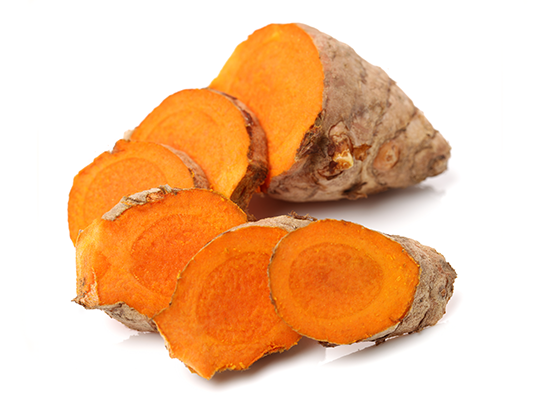
To explain and overcome the inconsistency and discrepancy in studies on turmeric, two aspects need to be emphasized.
First, when evaluating in vitro studies using curcumin is its high potential to interfere with the used assays (see green box). Because of this issue, generation of misleading data could trick unprepared researchers into misinterpreting the results of their investigations.
And second, the already mentioned poor bioavailability. In most instances, application of curcumin preparations will be enough to induce effects in cell cultures. But the main active compounds may simply not be able to reach cells and tissues in whole animals and humans outside the digestive tract. Using the isolated curcumin in vivo might reduce this problem to some degree, helping to explain the more positive results of curcumin compared to whole turmeric.
Good to know
To understand the effect of substances, different experimental approaches are required. Depending
on the questions to solve, studies are performed for example:
- in vivo (whole, living organisms),
- ex vivo (tissue from an organism in an external environment),
- in vitro (studies are performedwith micro-organisms, cells, or biological molecules outside their normal biological context),
- in silico (via computer simulation)
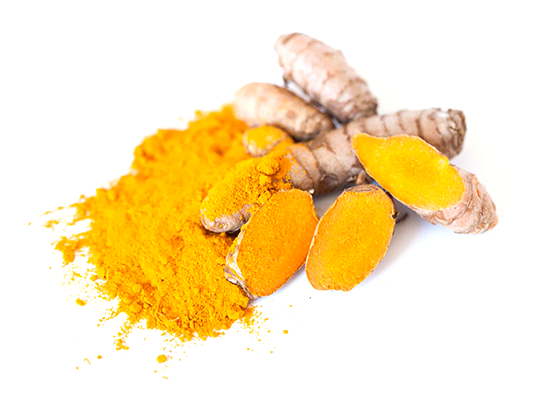
Therefore, an important topic for further studies on turmeric is improvement of the curcumin bioavailability. Due to importance of this, several solutions are suggested and tested already. One famous method to achieve this goal is the addition of piperine from black pepper to turmeric formulations, as this substance was shown toincrease curcumin bioavailability in humans. Further support might come from more technological solutions. Formulation of curcumin nanoparticles and microencapsulation techniques are utilized to enhance its bioavailability and may proof to be key to emulate in vitro observed effects in vivo. One example in this regards might be the use of phytosomal curcumin. With this complex of curcumin with phosphatidylcholine it was shown in vivo, that bioavailability was improved in mouse and human studies.
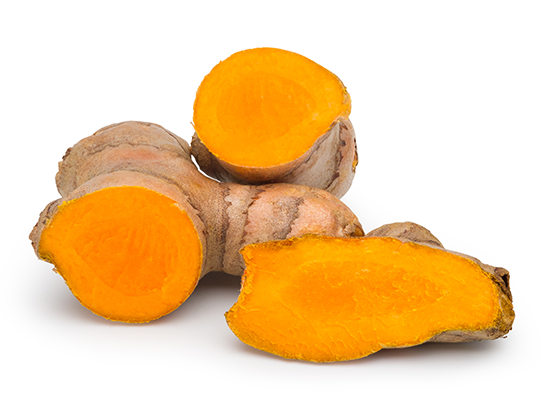
An important premise is the knowledge about possible problems for the chosen method for studies on turmeric. In this regard, curcumin is an example for a PAIN (pan-assay interference compound). Due to its very strong dying properties, it often interferes with measurements based on optical density, color or fluorescence, possibly falsifying the results. Experimental approaches therefore need to be chosen accordingly to avoid such possible problems to gather reliable data.
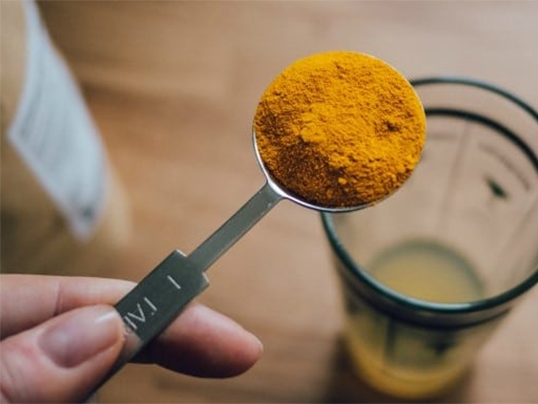
What did we learn?
Looking at the literature Curcuma longa is basically reported to have biological activity for virtually any health-related parameter. Without doubt, the sum of turmeric’s active ingredients proofed to be effective in in vitro models with regards to their anti-inflammatory, antioxidative and other properties. However, in vivo models and clinical studies on turmeric show inconsistent and much less obvious effects on health-related parameters and livestock growth performance. Authors from all sorts of studies on turmeric agree, that this discrepancy between in vitro and in vivo is most likely cause by the poor bioavailability of turmeric’s active compounds such as curcumin. Therefore, the key aspect for successful utilization of turmeric as food or feed supplement needs to be further looked at in detail will be a better understanding of how to increase bioavailability. This knowledge will enable to unlock the full potential of this interesting plant and to transfer its impressive in vitro effects to animals and humans.
Do you want the entire article as PDF including all references?
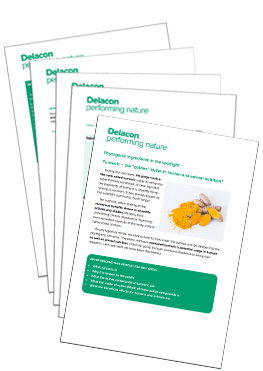
You are only one click away.
Thank you for joining our phytogenic journey. There is still so much to discover. Be exciticed about the next substance. A small hint in advance: The next one looks quite similar to turmeric. Any guess?

Marlene Forrai
Storyteller, foodie, life-long learner – may be the three words that describe me best. Unfortunately, you cannot make a living by only eating food, even though it’s healthy. Therefore, I have developed my skills in Marketing, Online Communications and Content Management to enlighten people around the globe about the power of nature and its contribution to animal as well as human health. Since February 2022, Marlene started a new career path outside of Delacon.










